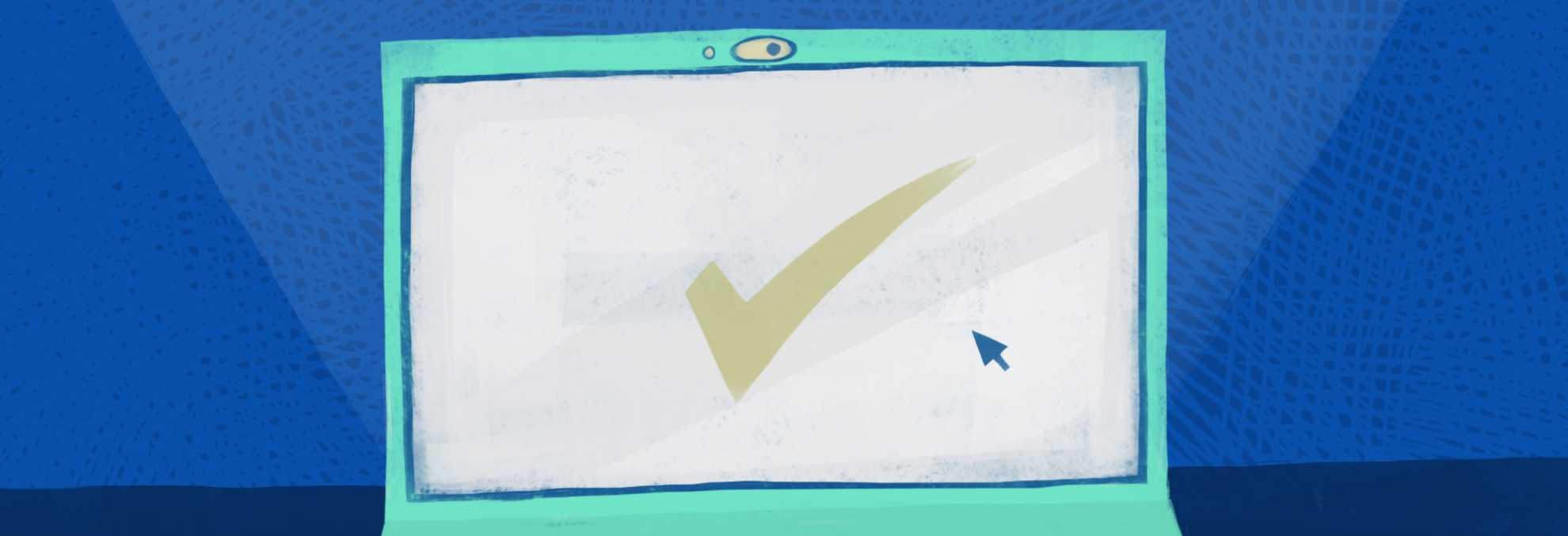Last editedJun 20242 min read
If you want to start taking Direct Debit payments you have two options:
Overhaul your payment systems and processes to comply with the strict Direct Debit scheme requirements; or
Find a Direct Debit provider like GoCardless to take care of all of this for you.
To help you decide which is the right option for you we've created an 8 point checklist of the things you need to do to collect Direct Debit payments yourself:
Direct Debit Checklist
1. Obtain a Service User Number
Contact your bank to find out what you need to do to become a Direct Debit originator. Each bank may apply its own criteria to assess your suitability for sponsorship (for details see our guide to becoming a Direct Debit originator). Complete any necessary application and provide any requested documentation.
2. For paperless Direct Debit ensure you have live AUDDIS status.
Contact your bank to find out what you need to do to gain live AUDDIS status. Complete any necessary application and provide any requested documentation.
3. Review current software and update where necessary
• Ensure BACS approved software is in place for submitting payments and downloading reports. This software must be supplied by one of the 19 providers approved by Bacs. Bottomline and Accountis are two of the biggest. • For paperless Direct Debit implement any required system amendments.
4. Review current processes
Create a process for generating payment submissions. You’ll need to generate a CSV file of the payments in each run. Automate this process as much as possible.
Create a process for handling payment failures. You’ll need to establish new processes for interpreting failure reports, updating records and notifying and resolving issues with customers.
Hire and train staff on the Direct Debit scheme rules, and how to use your new software and processes. Staff will need re-training whenever the scheme rules are updated (usually every 2-3 years).
5. Get your Direct Debit materials approved by bank
Any scripts, confirmation letters, Internet screens and any other material must be approved prior to use.
6. Customer communications
Notify existing customers of the change to Direct Debit
Implement sign up confirmation for paperless Direct Debit. This could be a voice recording or email confirmation. This will assist you in dealing with customer queries.
Consider how you'll deliver subsequent notifications e.g. advance notice, rejections, refunds.
7. Move over existing customers
Existing customers will need to set up Direct Debit mandates. Follow our 4 top tips for moving your customers over to help get them started.
Validate data using modulus checking.
8. Testing and Implementation
Allow time for a testing phase in the migration phase. Be aware that somecustomers may be reluctant to move to using Direct Debit so it may take time to switch all your customers over.
If you would rather not have to undertake these steps then your other option is to find a Direct Debit provider like GoCardless who can take care of all of this for you. To find out more about setting up Direct Debit see our guide to your options for getting access to the scheme.


